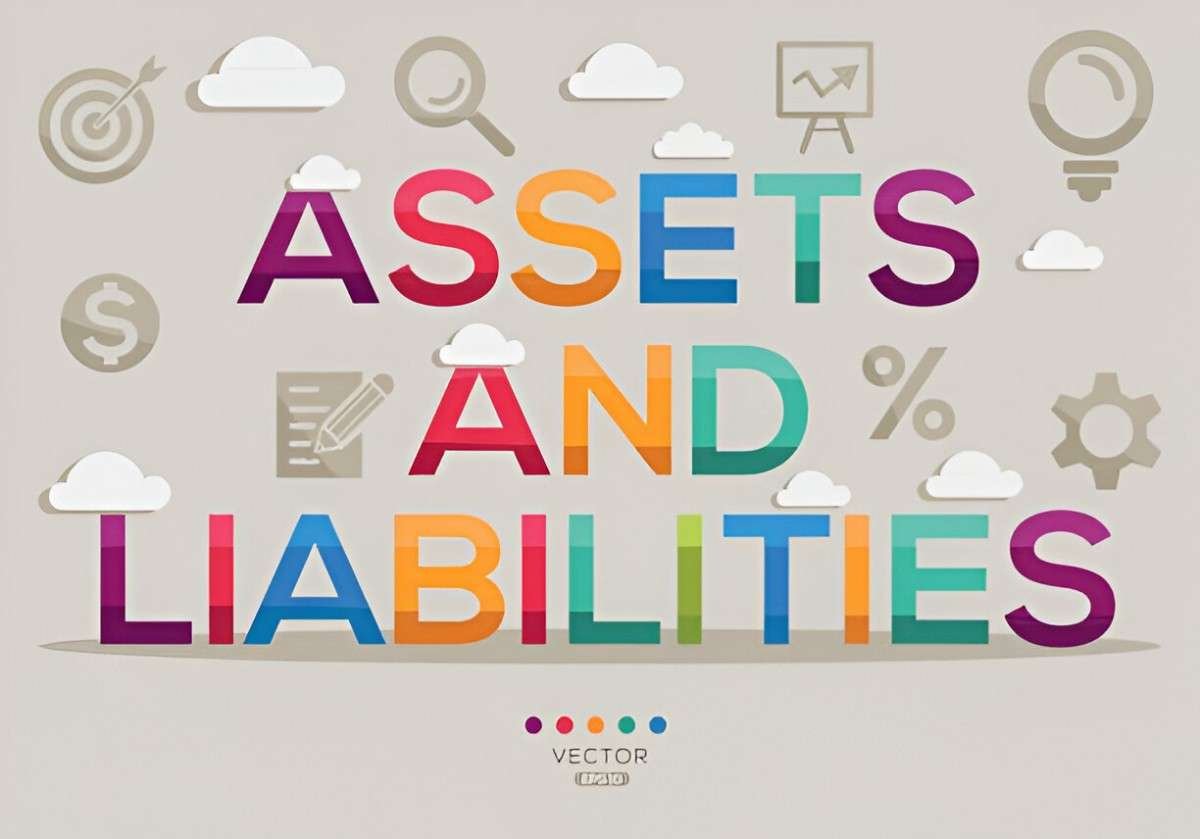Interest-sensitive refers to financial assets and liabilities whose values or returns are significantly affected by changes in interest rates. These can include loans, bonds, deposits, and other financial instruments. Understanding interest sensitivity is crucial for both individuals and businesses to manage risk and make informed financial decisions.
Table of Contents
What Does Interest-Sensitive Mean?
Interest-sensitive assets and liabilities respond to fluctuations in interest rates. When interest rates change, the value, return, or cost of these financial instruments can increase or decrease.
Examples of Interest-Sensitive Assets:
- Bonds: The value of a bond can decrease when interest rates rise, and vice versa.
- Loans: The interest income from loans can vary with interest rates, especially if the loan has a variable interest rate.
- Mortgage-Backed Securities: These are sensitive to interest rate changes because they are based on underlying home loans.
Examples of Interest-Sensitive Liabilities:
- Variable Rate Mortgages: The interest cost can rise or fall with changes in interest rates.
- Savings Accounts: The interest paid on these accounts can change based on prevailing interest rates.
- Credit Card Debt: The interest rate on credit card balances can vary with the prime rate or other benchmarks.
Why Interest Sensitivity Matters
Risk Management: For businesses and financial institutions, managing interest-sensitive assets and liabilities is critical to controlling risk. For example, banks must balance their interest-sensitive assets (loans) and liabilities (deposits) to ensure profitability and stability.
Investment Decisions: Investors need to understand the interest sensitivity of their portfolios. Knowing how different assets react to interest rate changes helps in making better investment choices.
Economic Indicators: Interest-sensitive instruments can indicate broader economic conditions. For instance, rising interest rates might signal economic growth, while falling rates might indicate economic slowdowns.
How Interest Rates Affect Financial Instruments
Bonds: When interest rates rise, existing bonds with lower interest rates become less attractive, causing their prices to drop. Conversely, when interest rates fall, existing bonds with higher rates become more valuable.
Loans and Mortgages: For variable-rate loans and mortgages, payments can increase with rising interest rates, making borrowing more expensive. Fixed-rate loans are not directly affected, but new fixed-rate loans will reflect the current higher rates.
Savings and Deposits: Higher interest rates generally lead to higher returns on savings accounts and certificates of deposit, making them more attractive to savers.
Example of Interest Sensitivity
Consider a 10-year government bond with a 3% fixed interest rate. If current market interest rates rise to 5%, new bonds would offer 5%, making the 3% bond less attractive. Investors would pay less for the 3% bond now because they can get a higher return elsewhere. Hence, the price of the 3% bond falls.
Conversely, if interest rates drop to 2%, the 3% bond becomes more attractive since it offers a higher return than new bonds. Therefore, the price of the 3% bond rises.
For liabilities, consider a homeowner with a variable-rate mortgage tied to the prime rate. If the prime rate rises, the interest rate on their mortgage increases, resulting in higher monthly payments. This illustrates how changes in interest rates can impact personal finances.
Managing Interest Sensitivity
Diversification: Investors can diversify their portfolios to include a mix of interest-sensitive and non-sensitive assets to mitigate risk.
Hedging: Financial institutions often use hedging strategies to protect against adverse interest rate movements. For example, they might use interest rate swaps to exchange fixed-rate interest payments for variable-rate payments, balancing their exposure.
Duration Matching: Matching the duration of assets and liabilities can help manage interest rate risk. Duration is a measure of how much the price of an asset or liability will change with a change in interest rates. By matching durations, institutions can stabilize their net worth against interest rate fluctuations.
Conclusion
Understanding interest-sensitive assets and liabilities is essential for effective financial management. Interest rates can significantly impact the value and cost of financial instruments, affecting everything from personal savings to corporate finance. By recognizing how interest rates influence various assets and liabilities, investors, businesses, and individuals can better manage risk, make informed decisions, and navigate the complexities of the financial world.





